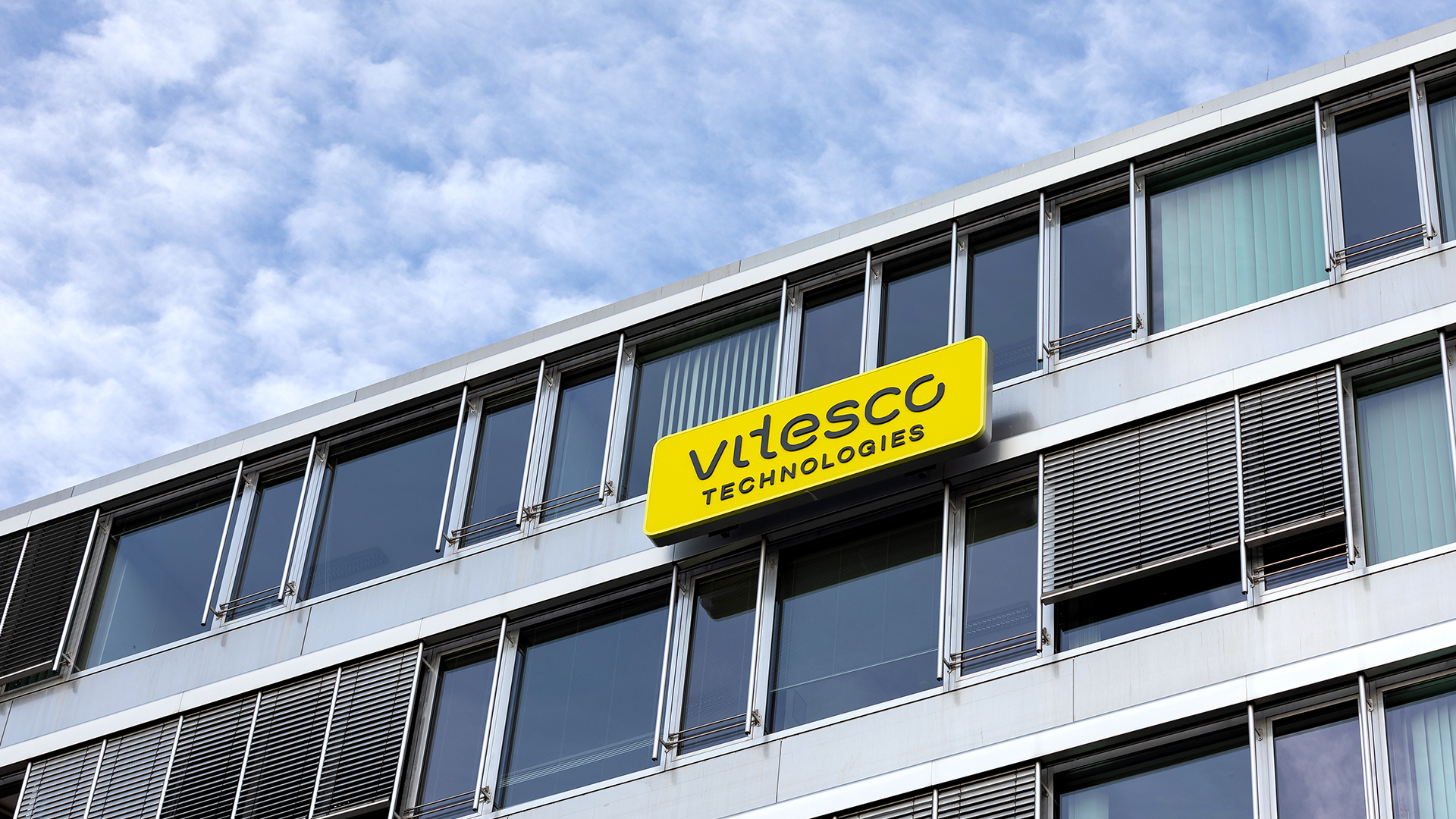
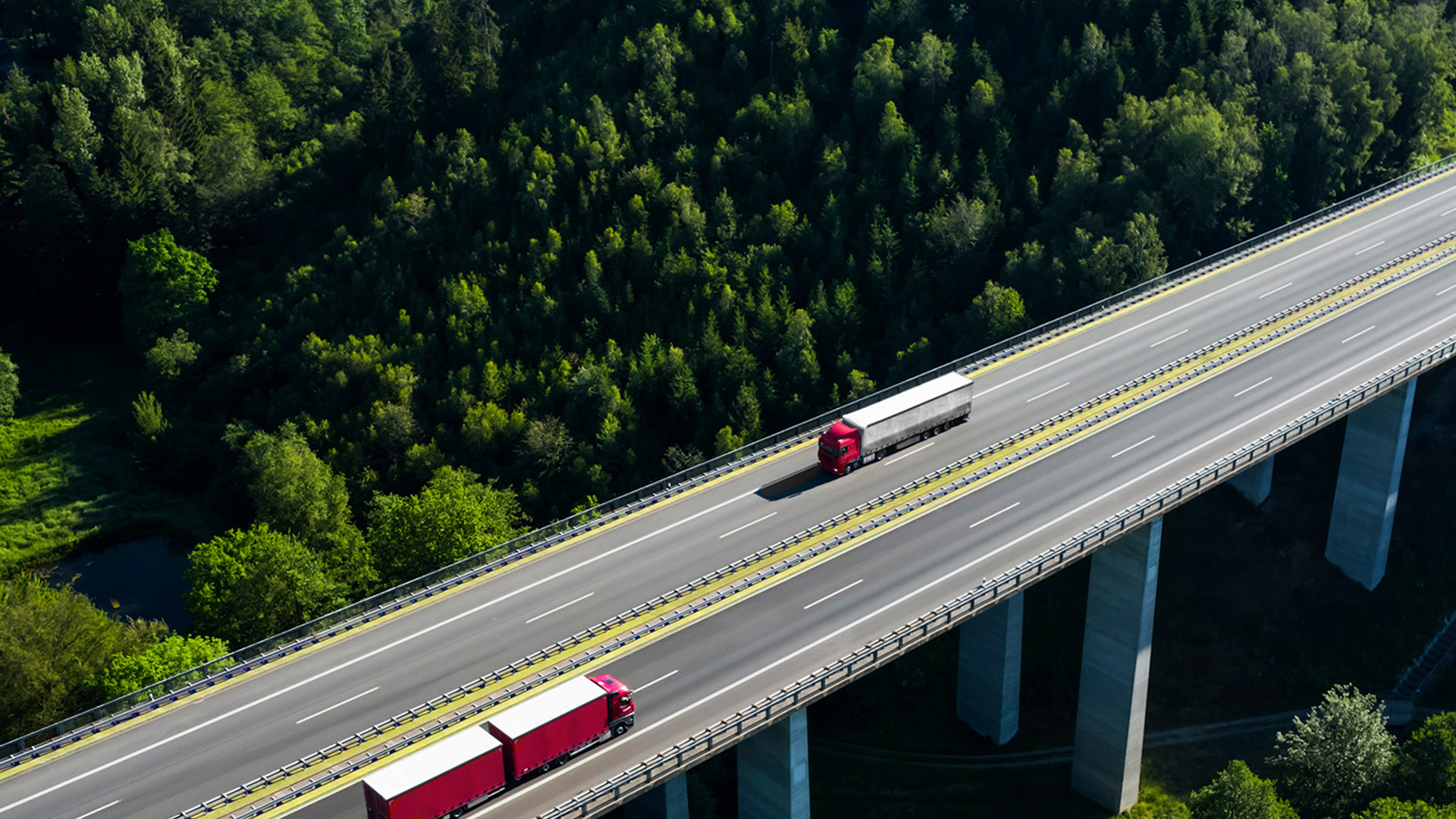


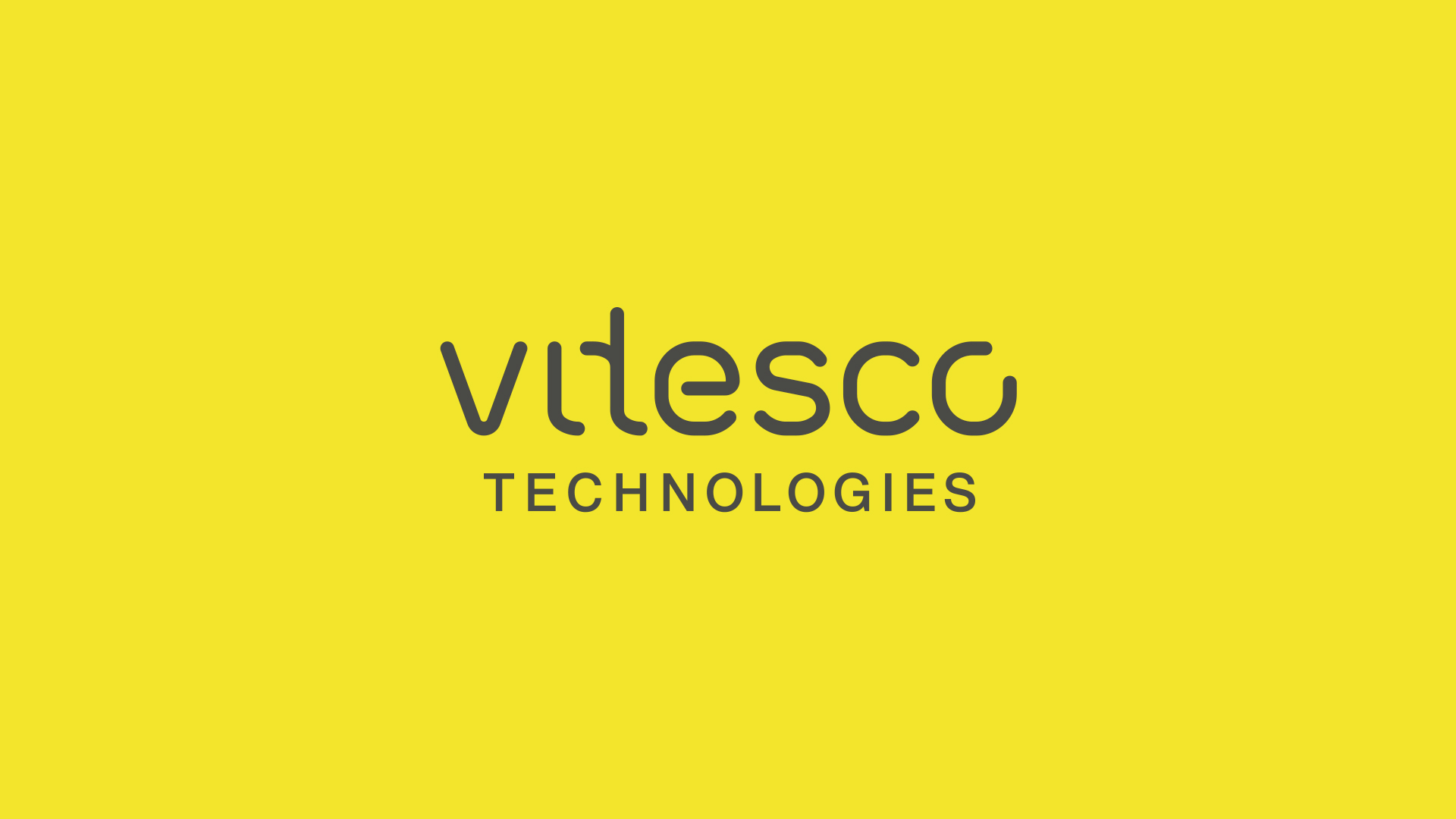




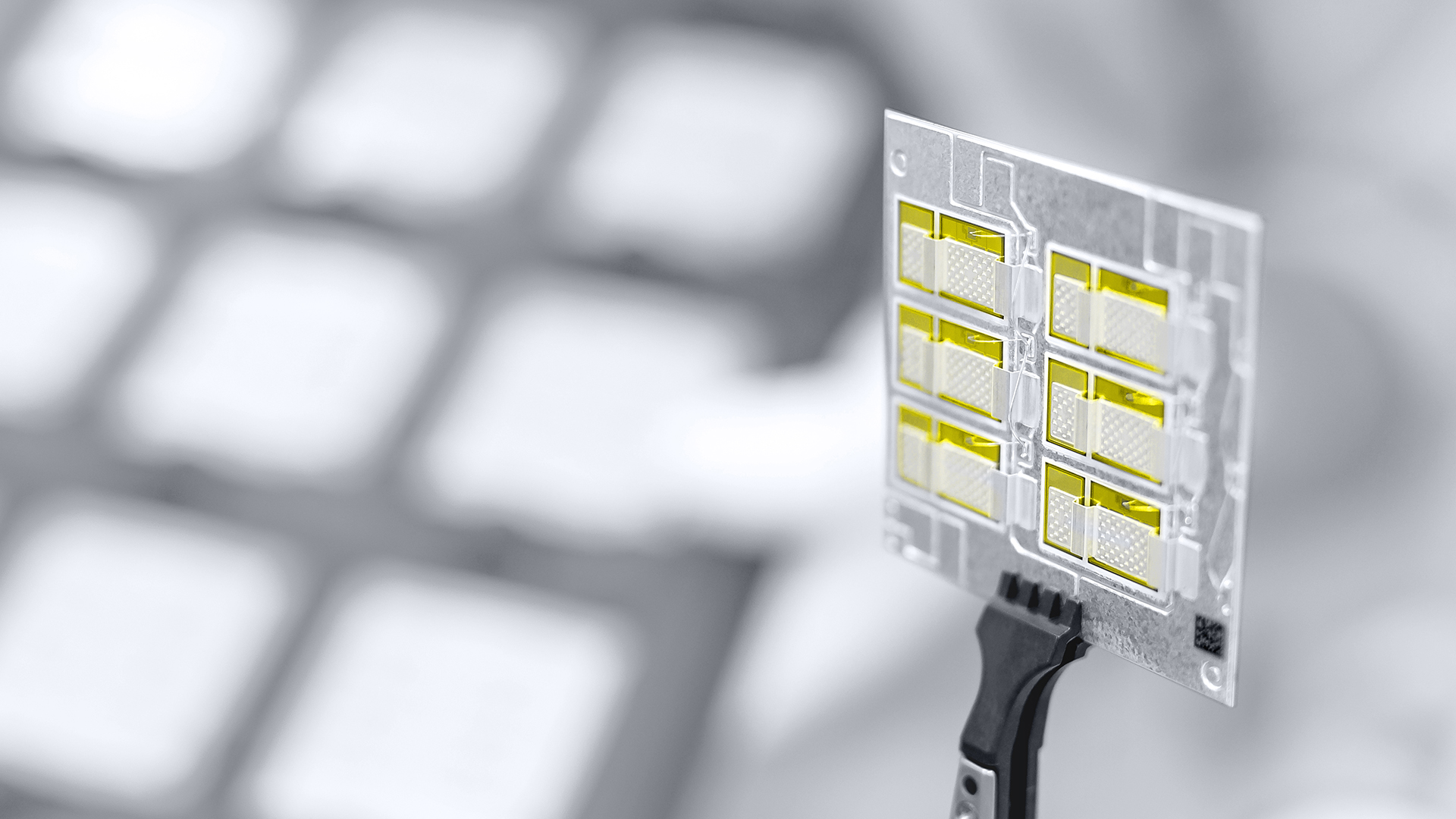


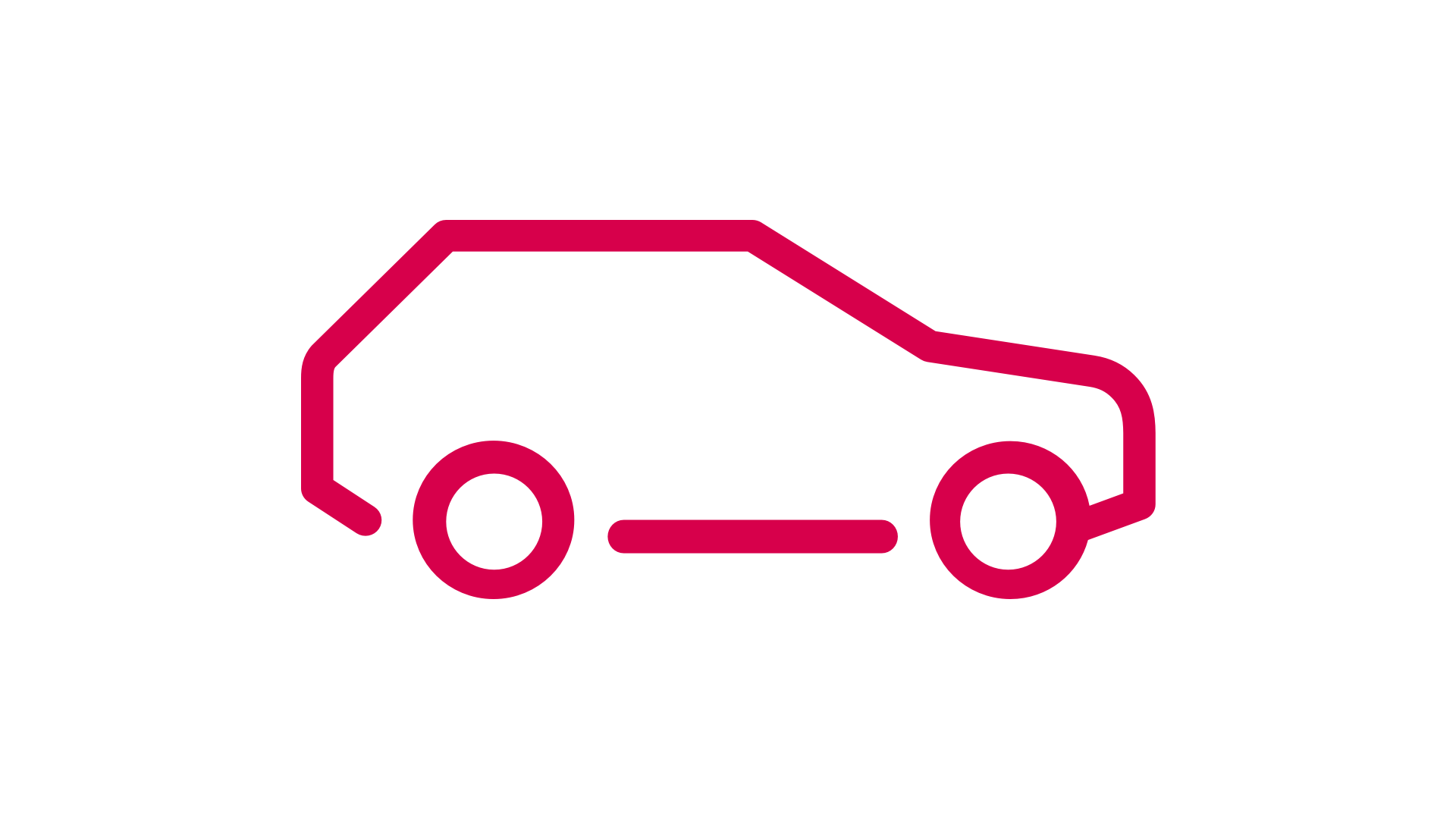
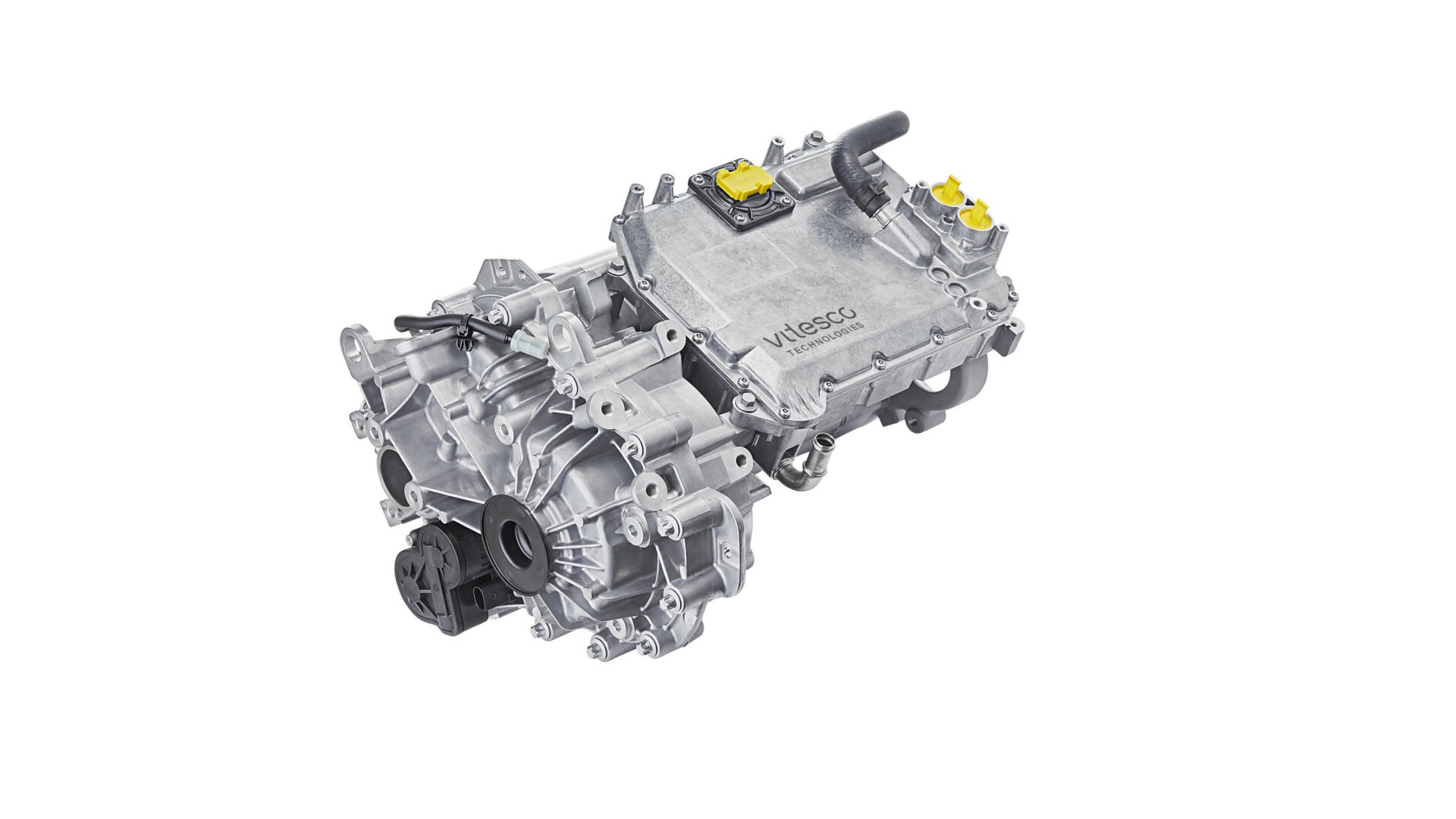
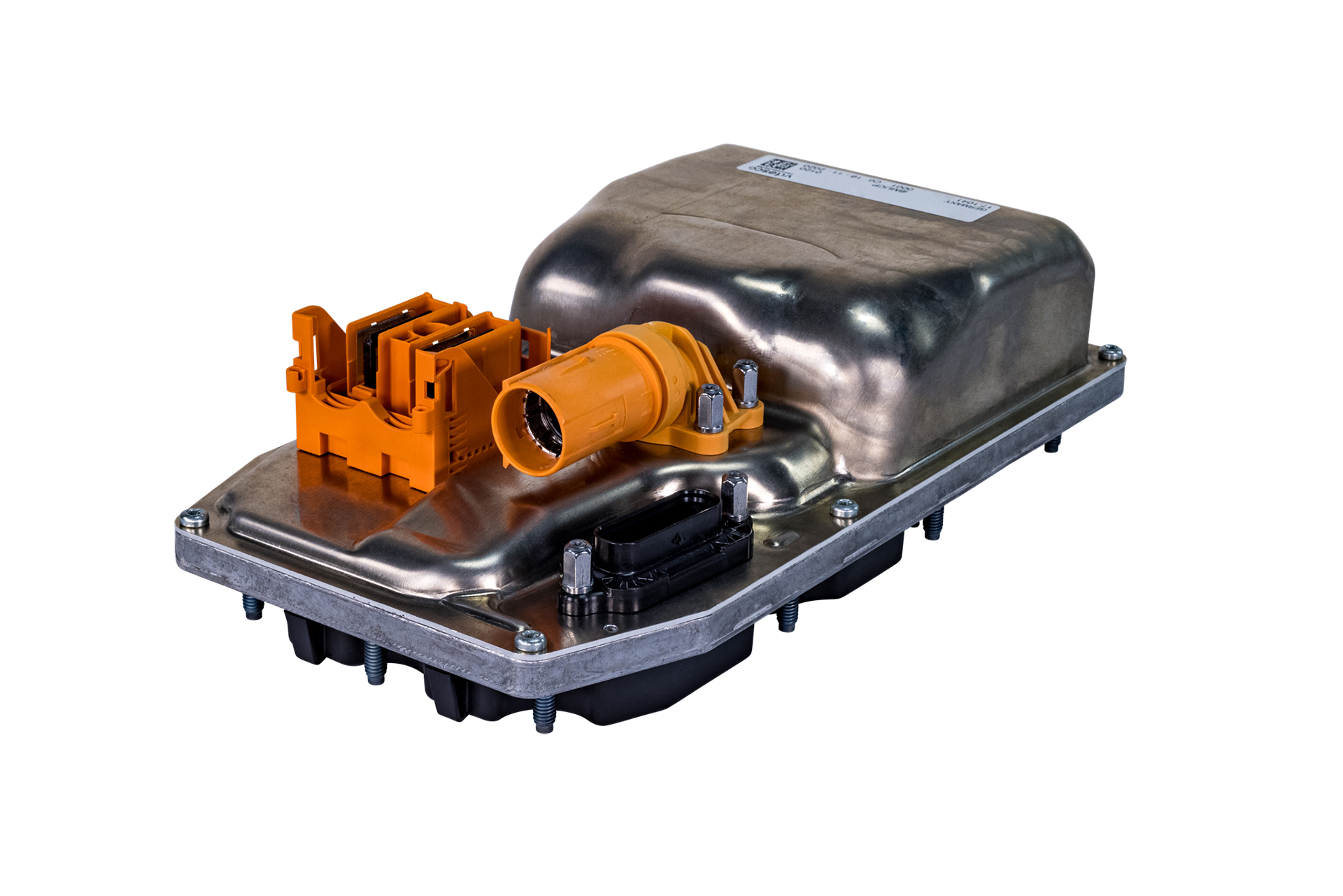
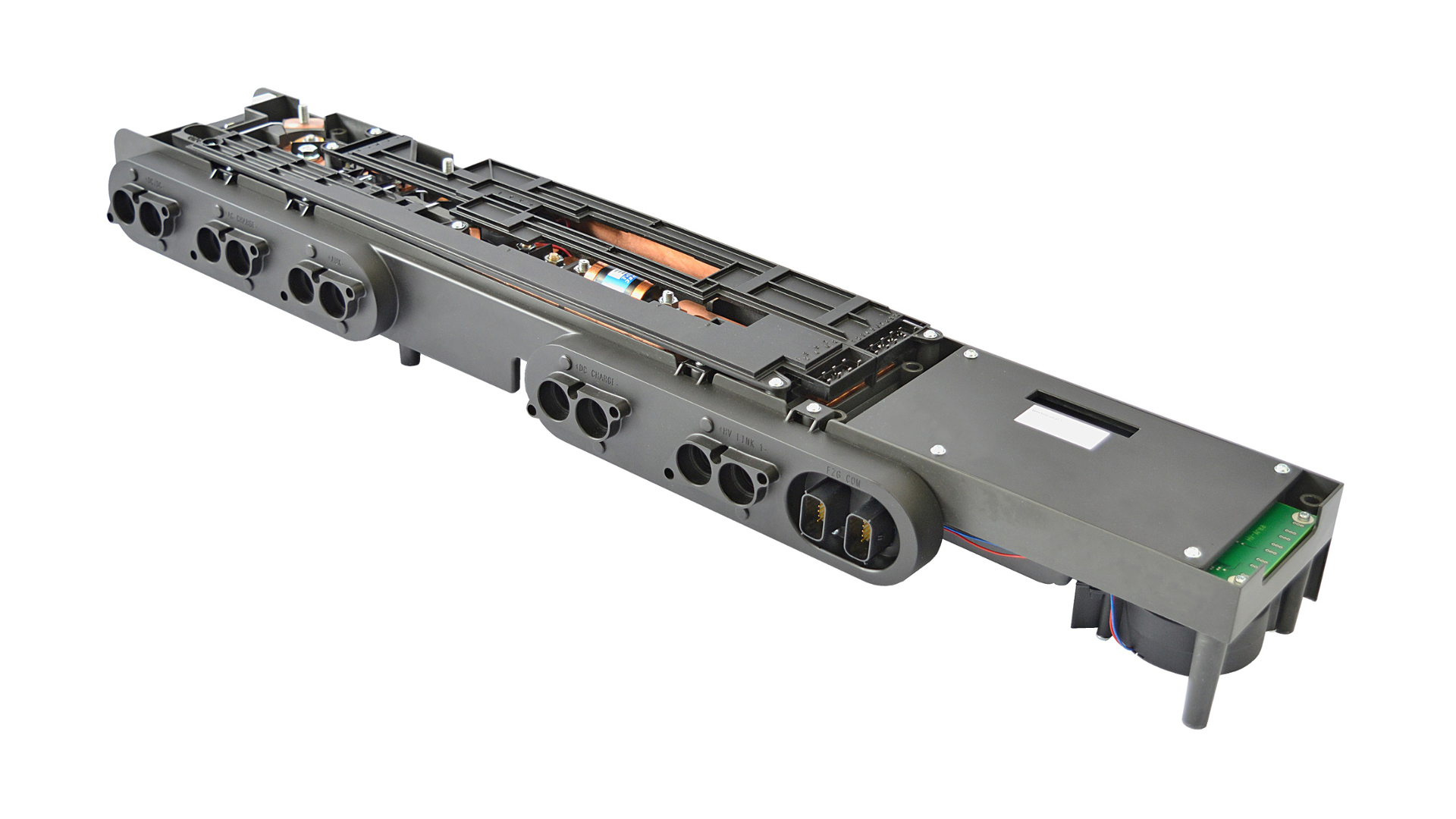
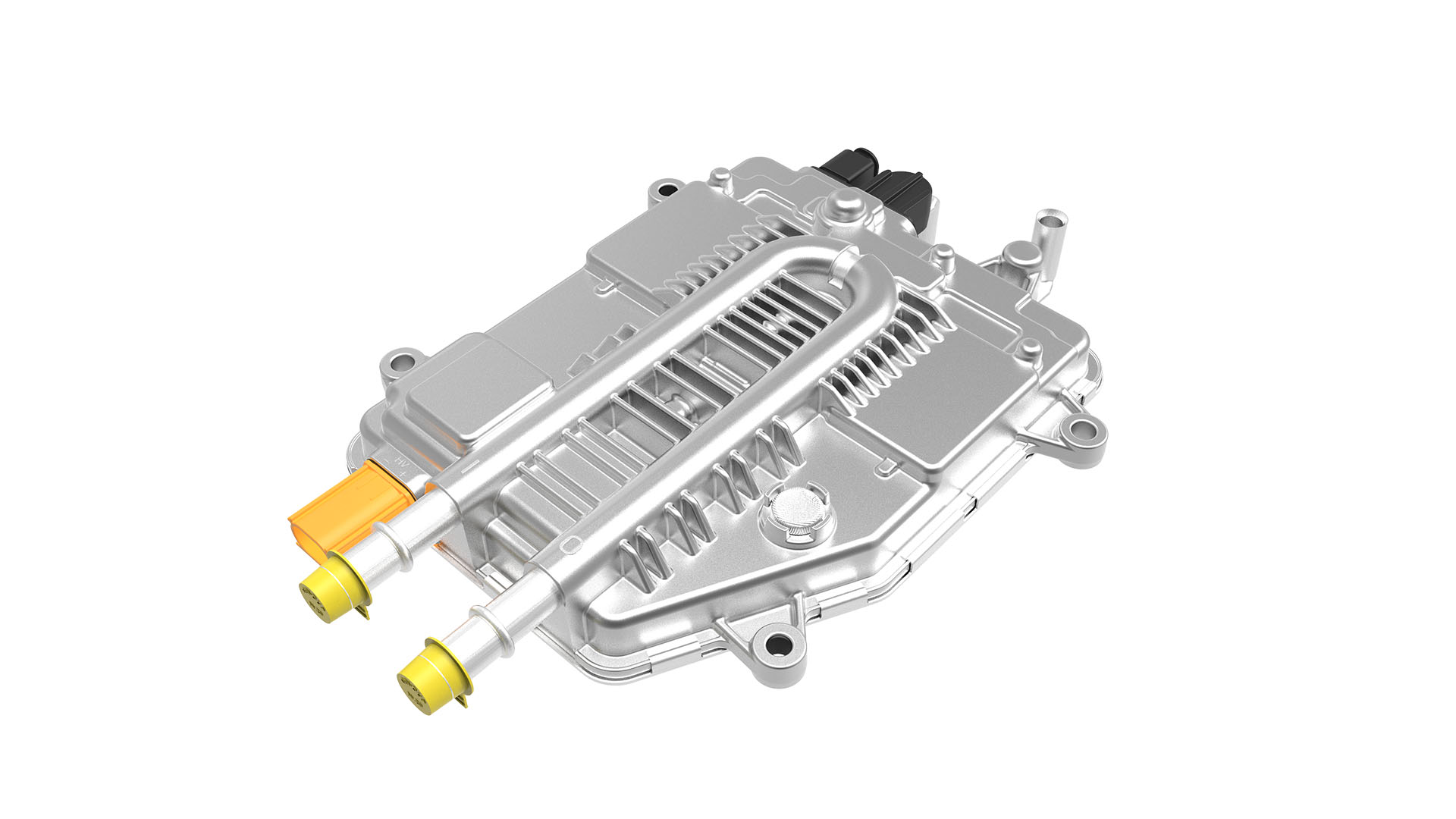
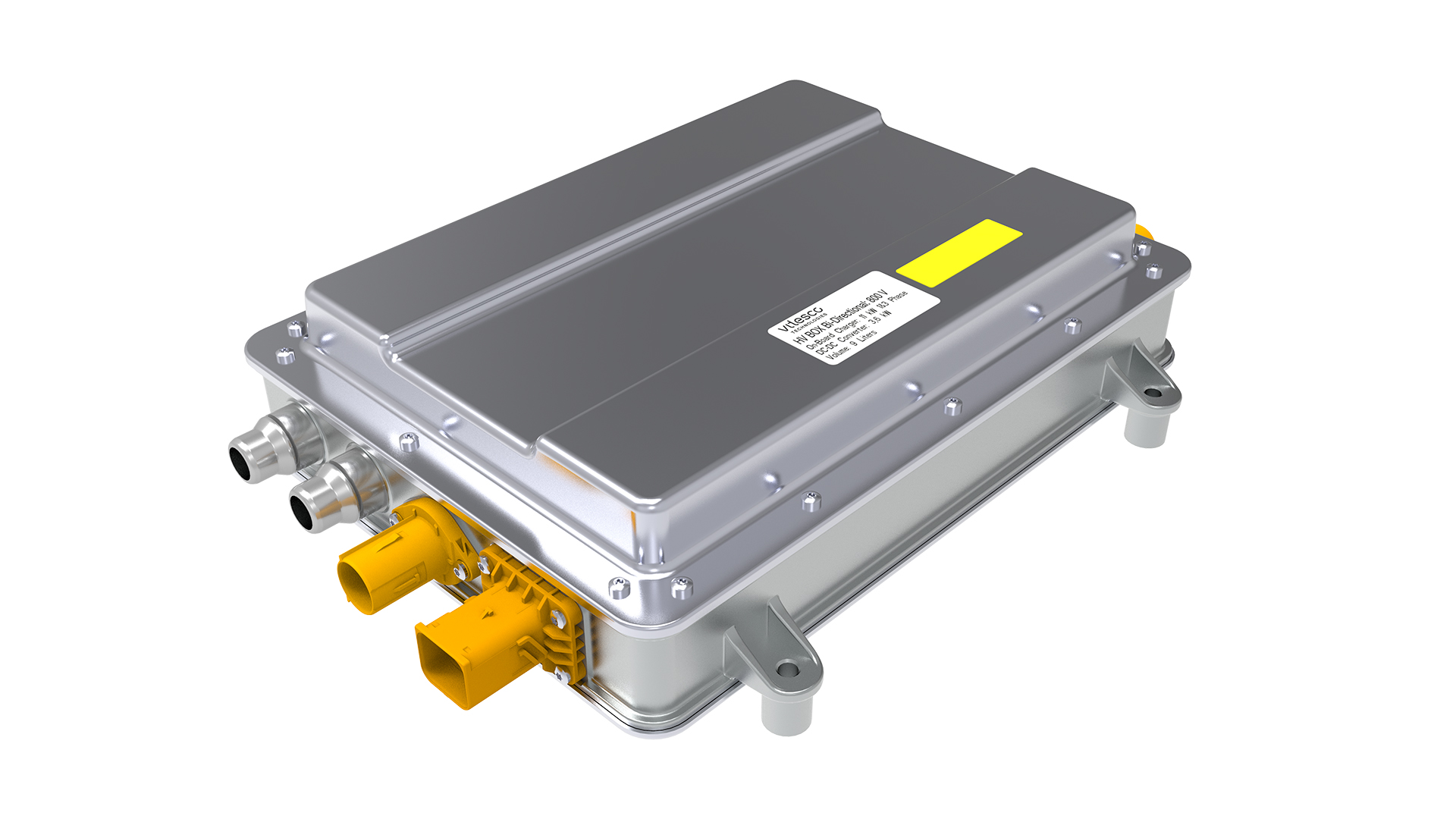
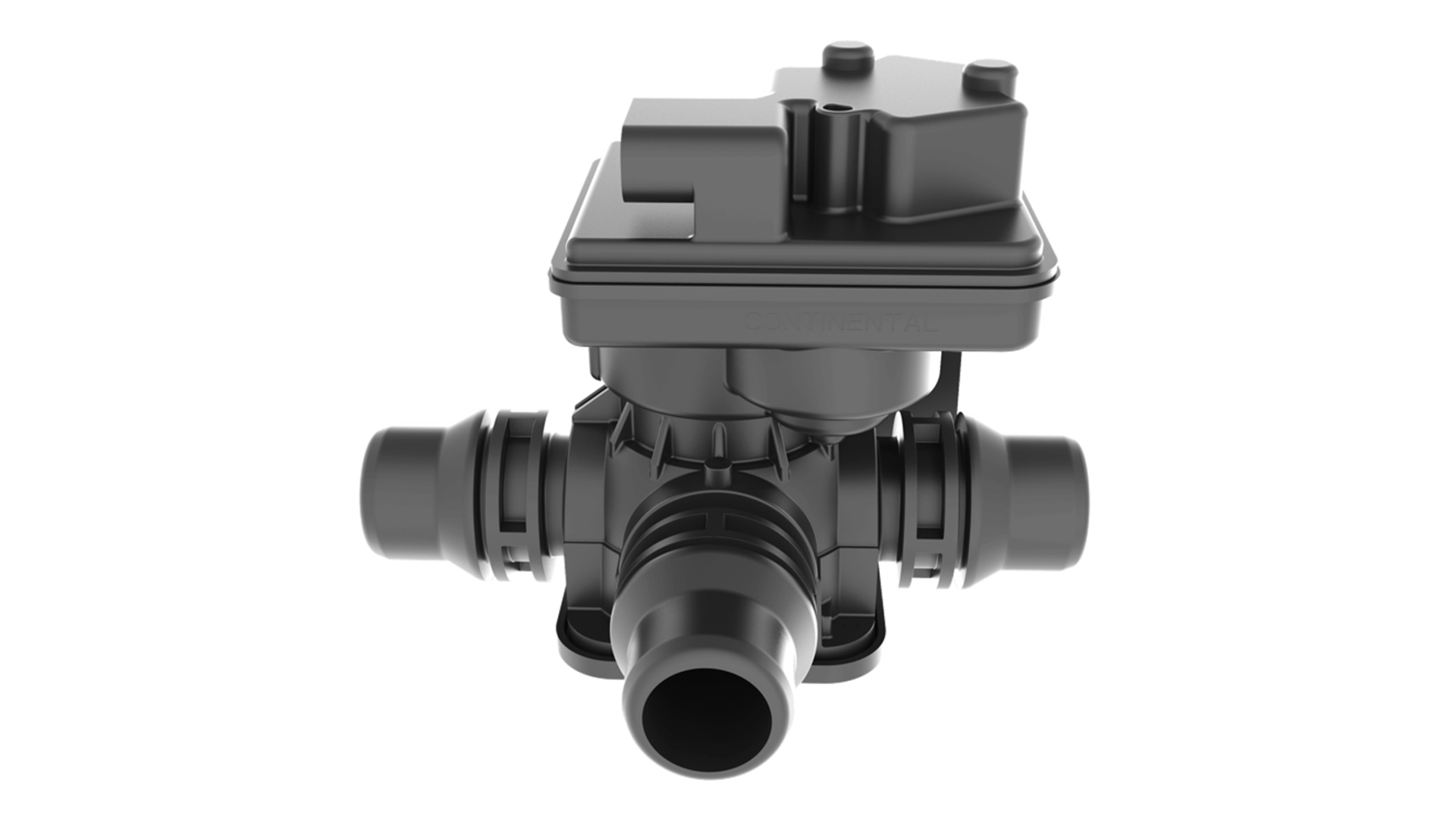
.jpg?width=407&resizemode=force)
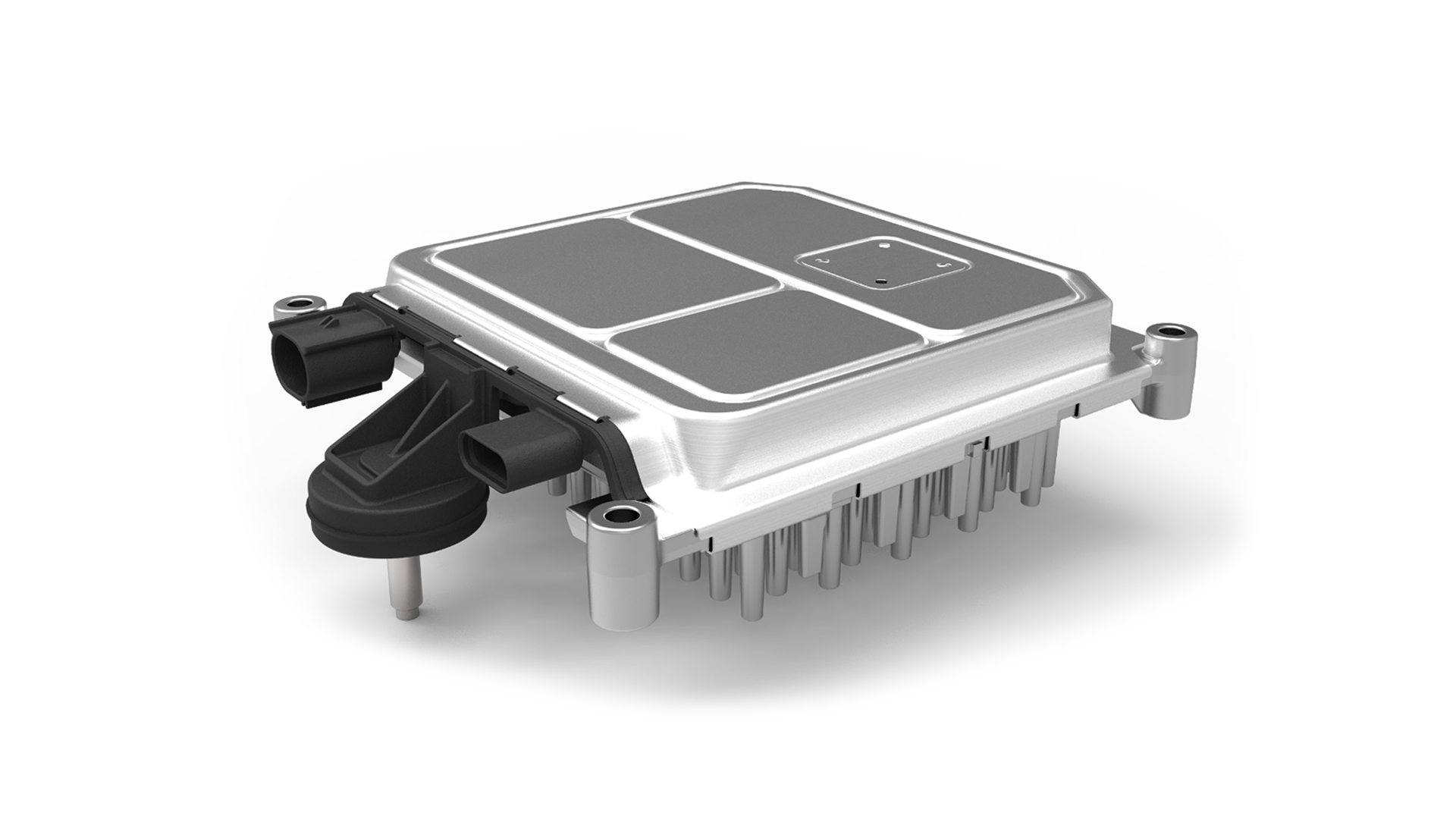

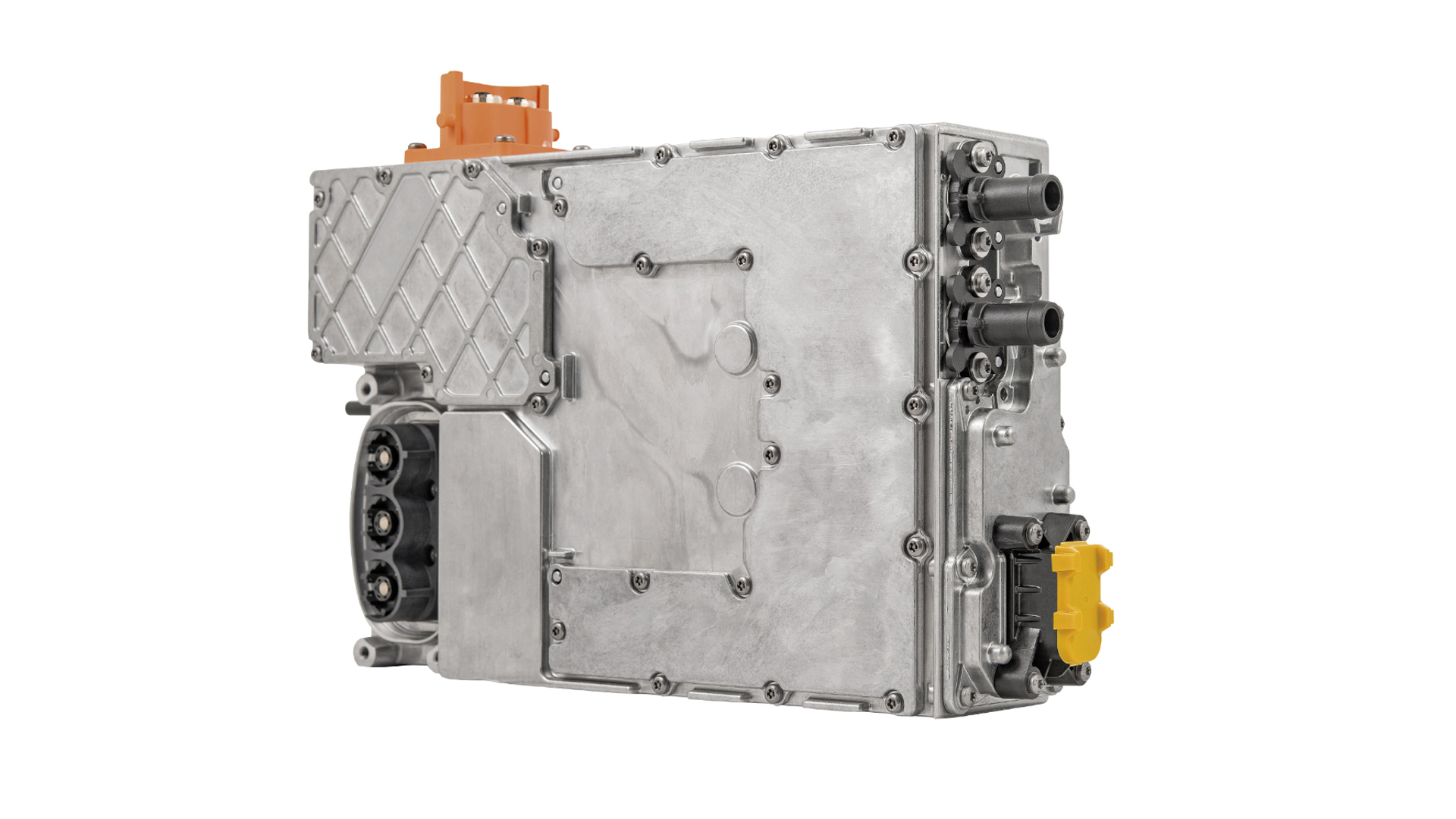
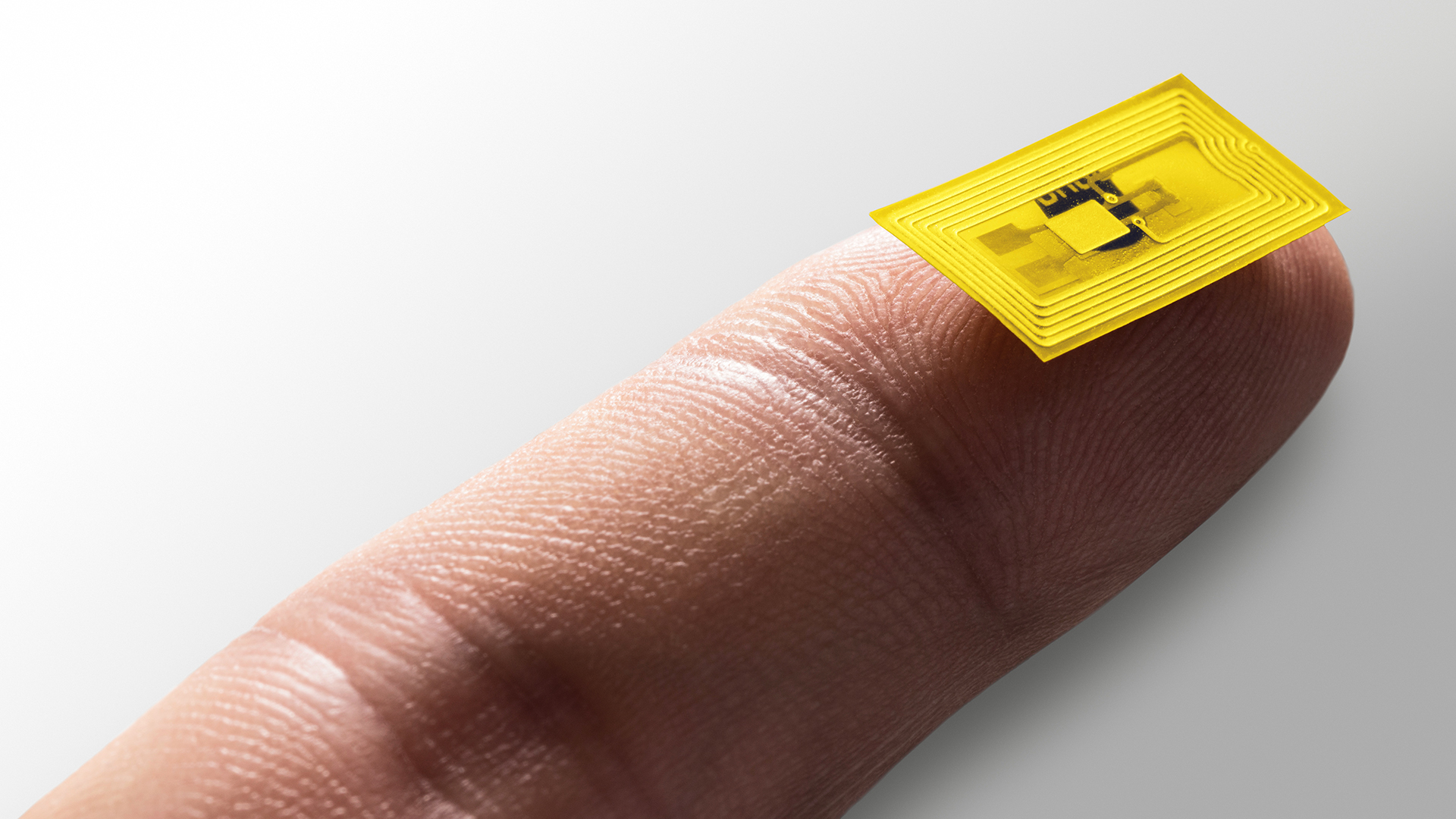

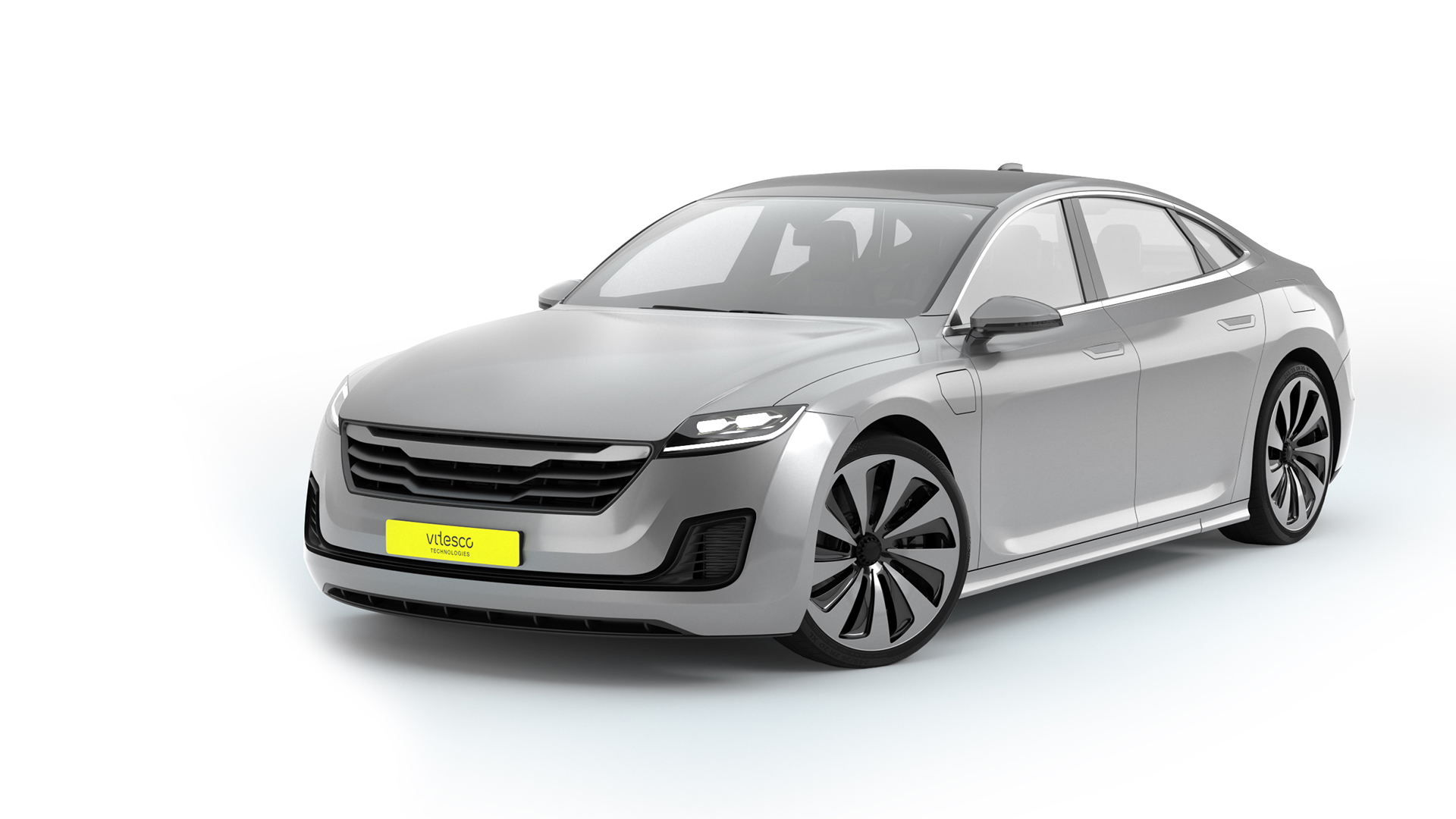


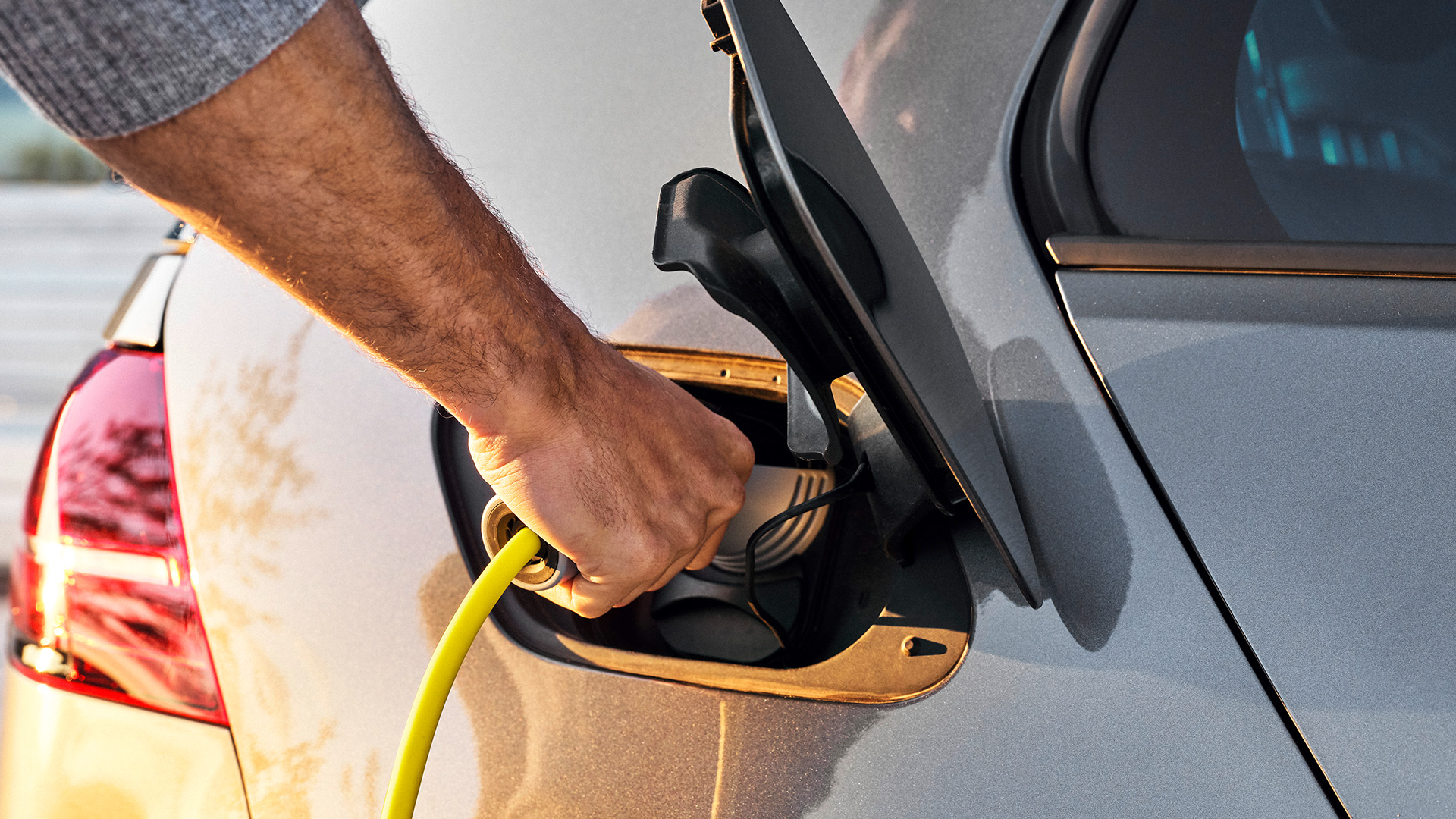
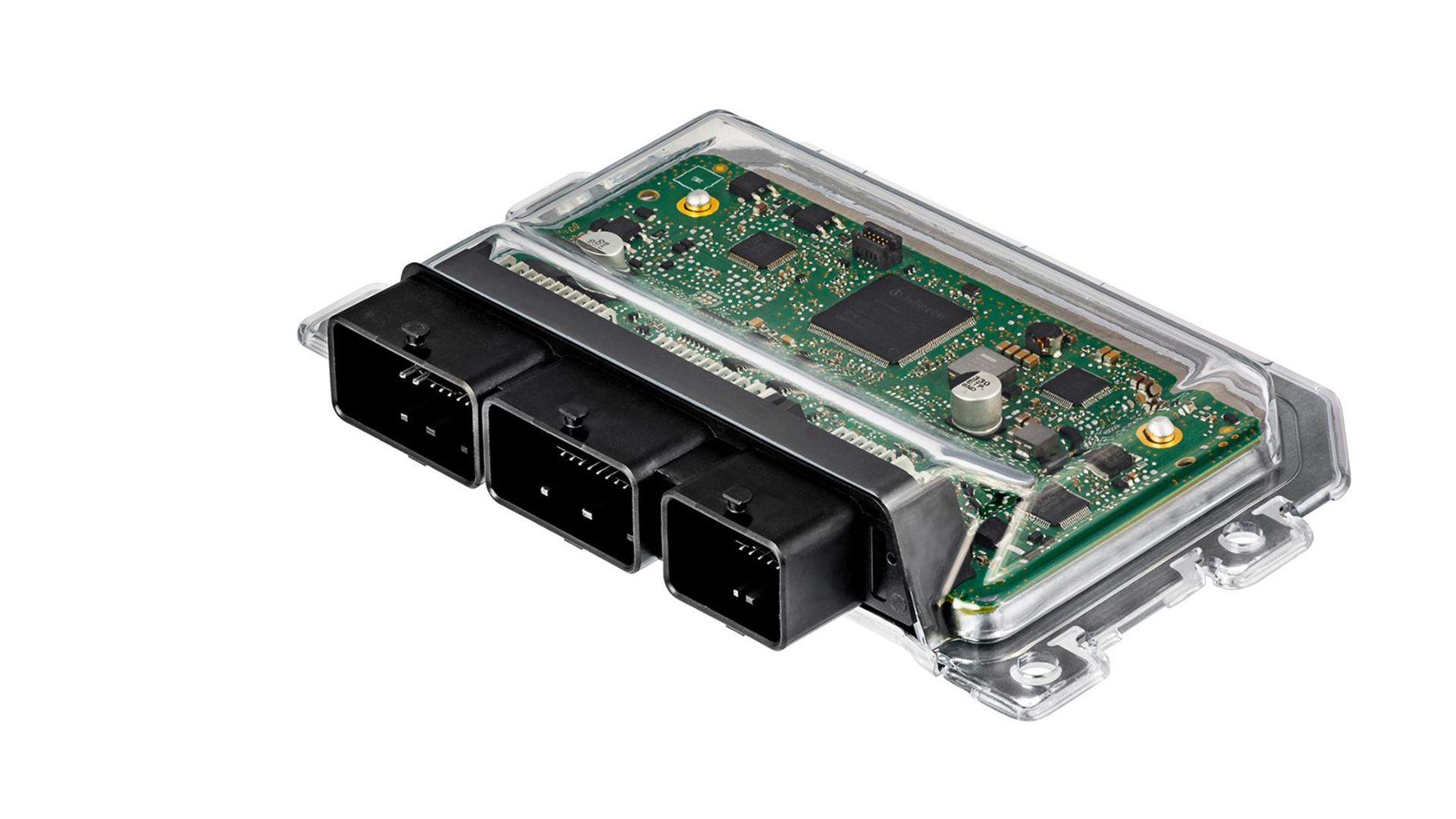
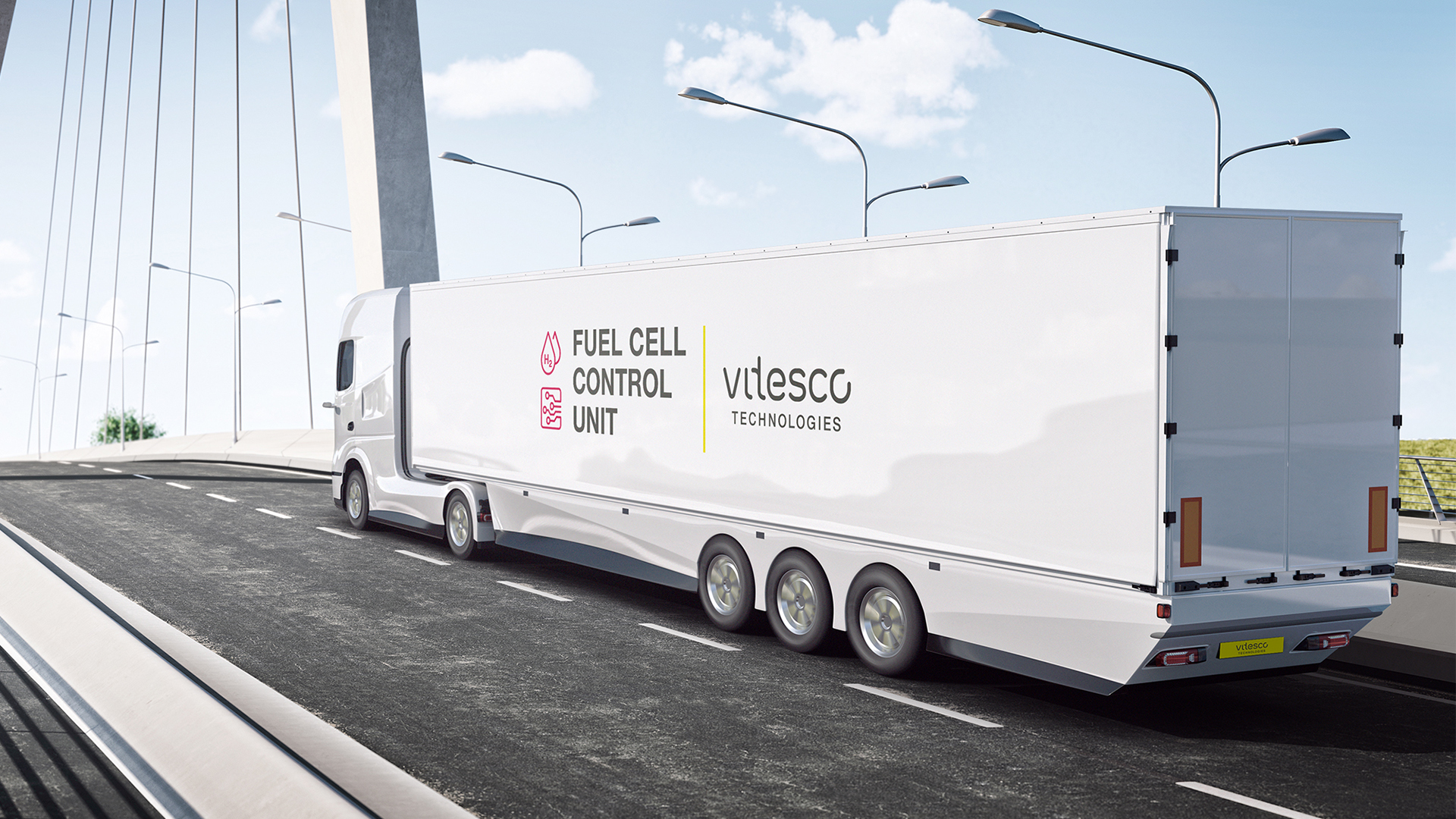




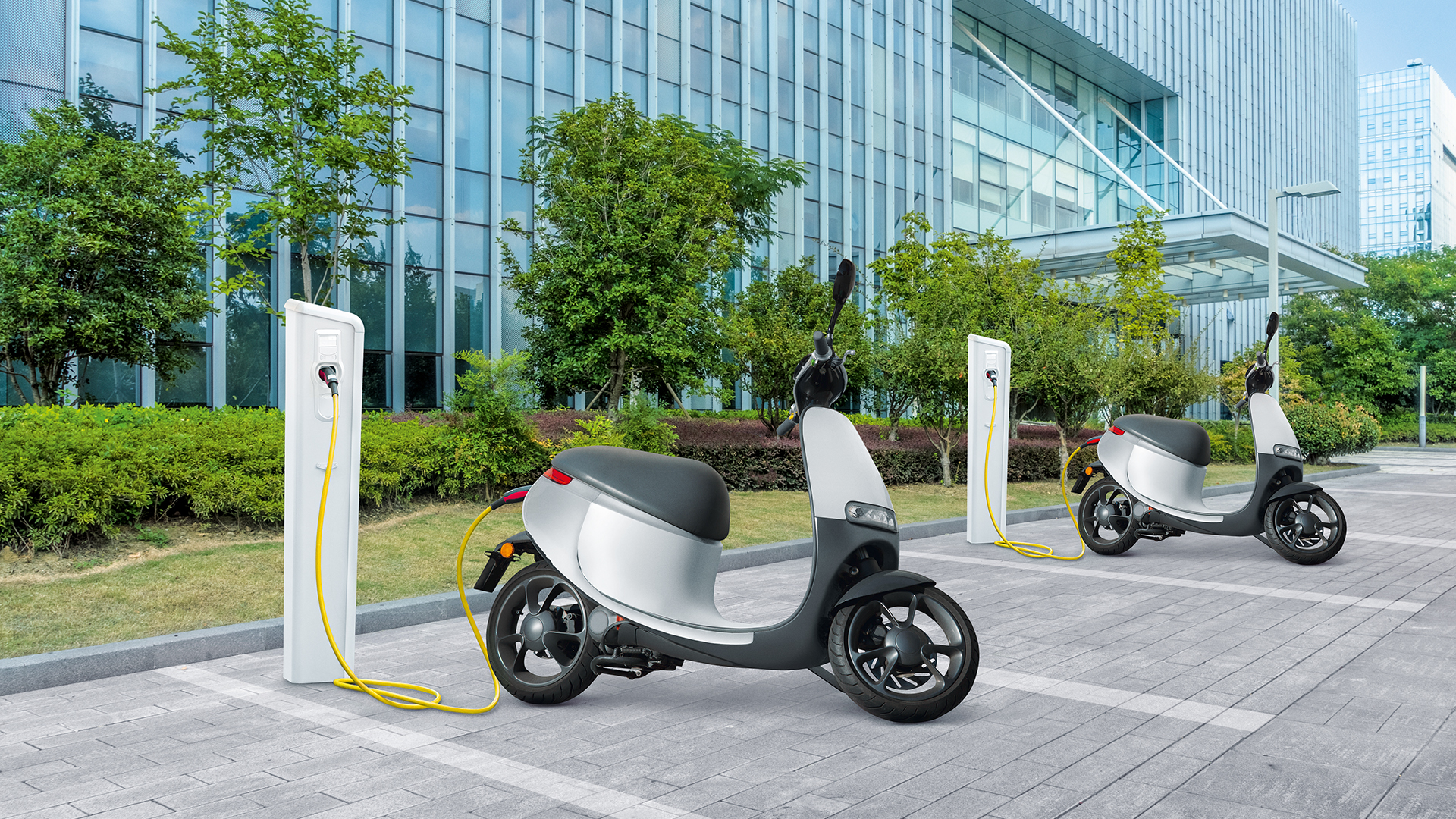
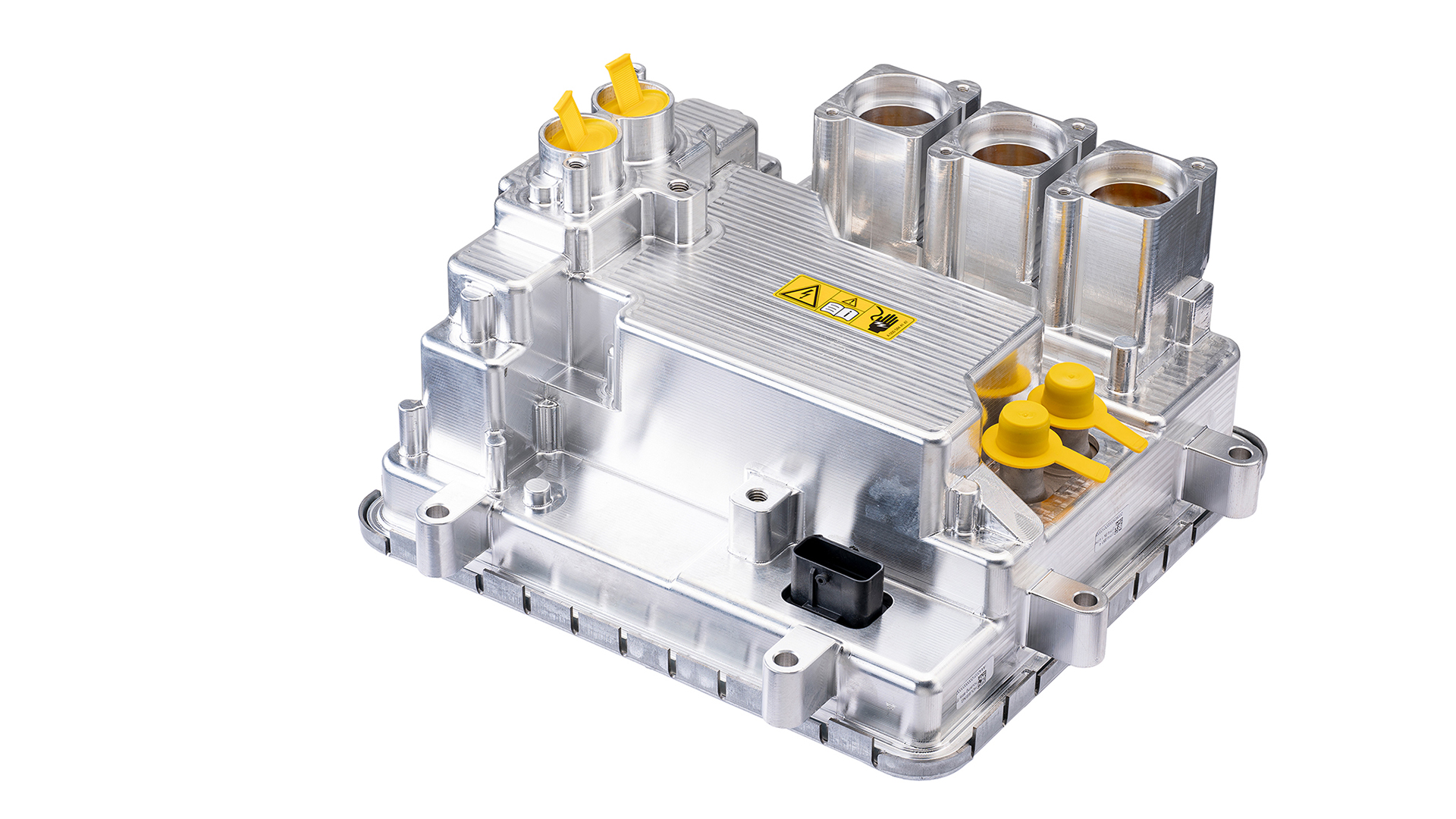

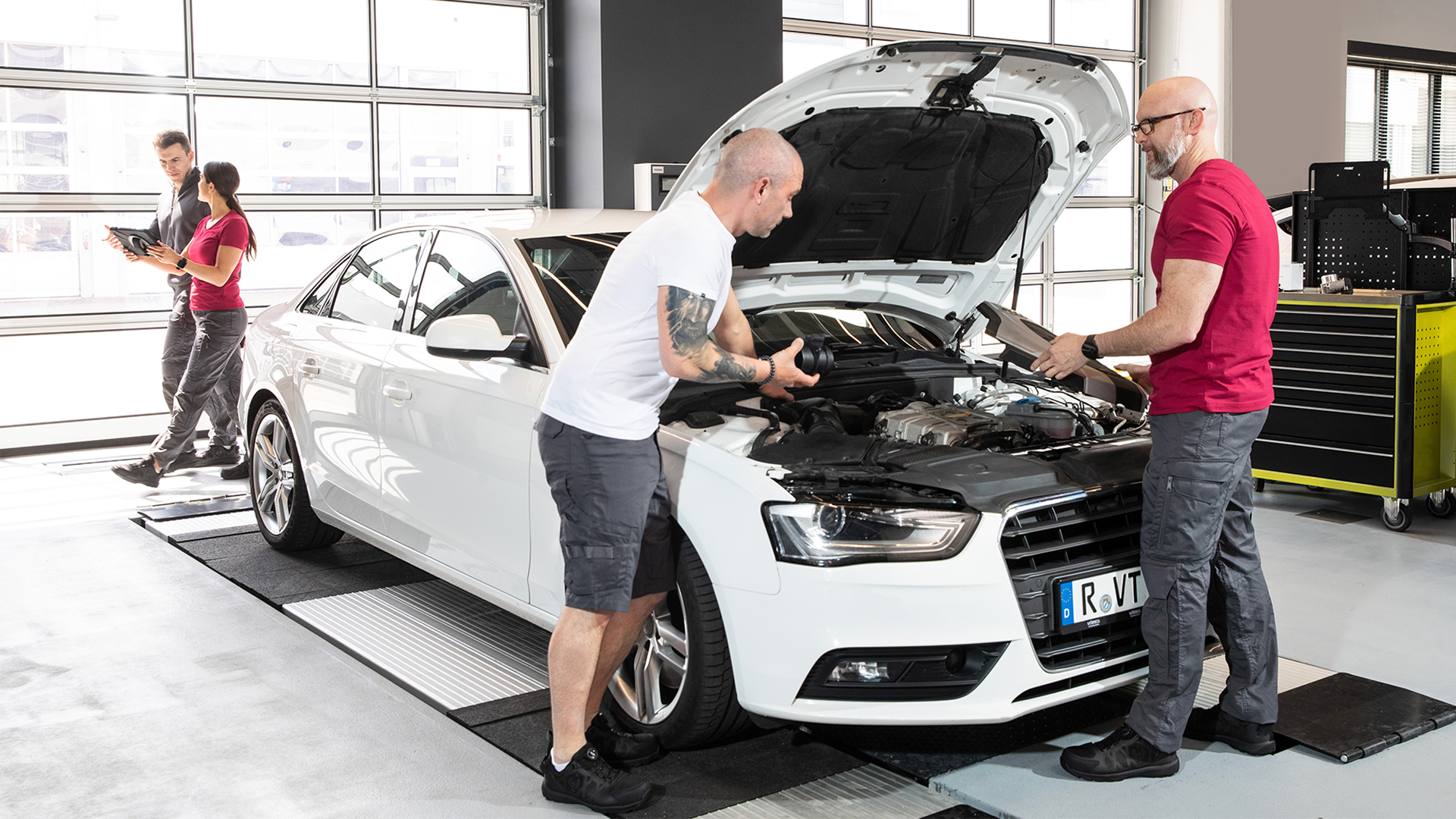

The Vitesco Technologies Group became part of the Schaeffler Group as of October 1, 2024, due to the merger of Vitesco Technologies Group AG into Schaeffler AG.
Please note: Legal or actual changes since October 1, 2024, are therefore no longer reflected in the content of the website.
As the website is no longer updated, we assume no liability for the content of this website, or the linked websites contained therein. The operators of the linked sites are solely responsible for their content.
Irrespective of this, you can still find the current BPCoC and the General Terms and Conditions of Purchase at Vitesco Technologies - Suppliers (vitesco-technologies.com)
Under the following link you will find the current Schaeffler website:



















.jpg?width=407&resizemode=force)




















Regensburg (Germany), Vienna (Austria), April 27, 2023. Vitesco Technologies, a leading international supplier of modern drive technologies and electrification solutions, is exhibiting innovations for more sustainable and more efficient electric driving at the 44th Vienna Motor Symposium (April 27-28, 2023). As a result of Life Cycle Engineering, the fourth generation of its fully integrated electric axle drive platform (EMR4, Electronics Motor Reducer) is being broadened by a new option to enable an even better life cycle assessment: A new rotor without permanent magnets is now part of the platform development. This rotor forms the core of an externally excited synchronous machine (EESM), which works without rare earths. This reduces the rotor costs, and it avoids the carbon footprint that comes with mining and processing the ores.

No need for rare earths: Vitesco Technologies presents electric drive for maximum sustainability
© Vitesco Technologies GmbH (exclusive rights)
Externally excited machines offer many advantages
Up to now, most electrified cars have synchronous machines with permanent magnets in the rotor (so-called PSMs, permanent magnet synchronous motors). They are efficient and were generally regarded as easier to manufacture than externally excited machines, which use coils in the rotor to generate the magnetic field. Vitesco Technologies has overcome some substantial obstacles to designing externally excited machines: By harnessing many years of experience from series application and through targeted design changes, it became possible to achieve the same performance class with both technologies (PSM and EESM) – and to use the existing space in the platform design for both options. By applying a sophisticated winding principle, the innovative EESM rotor becomes an economically attractive option within the most recent drive platform. Especially, when high performance requirements necessitate a big magnet mass in a PSM, EESM machines will be more affordable and more sustainable.
In addition to saving the cost for permanent magnets and the improved sustainability, this type of machine offers further advantages: “When the vehicle is sailing efficiently, the externally excited machine saves a watt hour of electricity per kilometer because there is no drag from a permanent magnet field in the rotor,” Rösel added, “this lowers the power requirement of the drive by up to five percent without the need for a mechanic decoupling device.”

Identical installation space for two different technologies "Plug and Play" for EESM and PSM
© Vitesco Technologies GmbH (exclusive rights)
More highlights at the booth
Among the topics covered in Vienna is the Battery Management System (BMS), which contributes to safety, to battery life and to efficient charging. An even higher level of safety is enabled by the Battery Pressure Sensor which detects gas emissions inside the battery module. The Vitesco Technologies Thermal Management Module ensures that all connected sub-systems of the drive are run in their optimal temperature span to facilitate maximum efficiency.
Consistently transferring existing technologies to new applications is an important element of Vitesco Technologies’ contribution to sustainability. Proven combustion engine technology is regularly re-used in battery- or hydrogen-based electric mobility: One example of this is the H2 Leakage Sensor that reliably detects even the smallest amounts of hydrogen in the system. The Air Control Valve, on the other hand, controls the air flow to the cathode side of the fuel cell.
Furthermore, the company exhibits a demo version of its 48-Volt-System for smaller electric two-wheelers. It consists of an eDCU (Electric Drive Control Unit) and a compact powerful electric motor, fitted with a special inductive rotor position sensor. This system is being developed for series application within customer projects.

Synchronous motor with permanent magnets in the rotor (so-called PSM).
© Vitesco Technologies GmbH (exclusive rights)

Externally Excited Synchronous Machine (EESM) without use of permanent magnets
© Vitesco Technologies GmbH (exclusive rights)